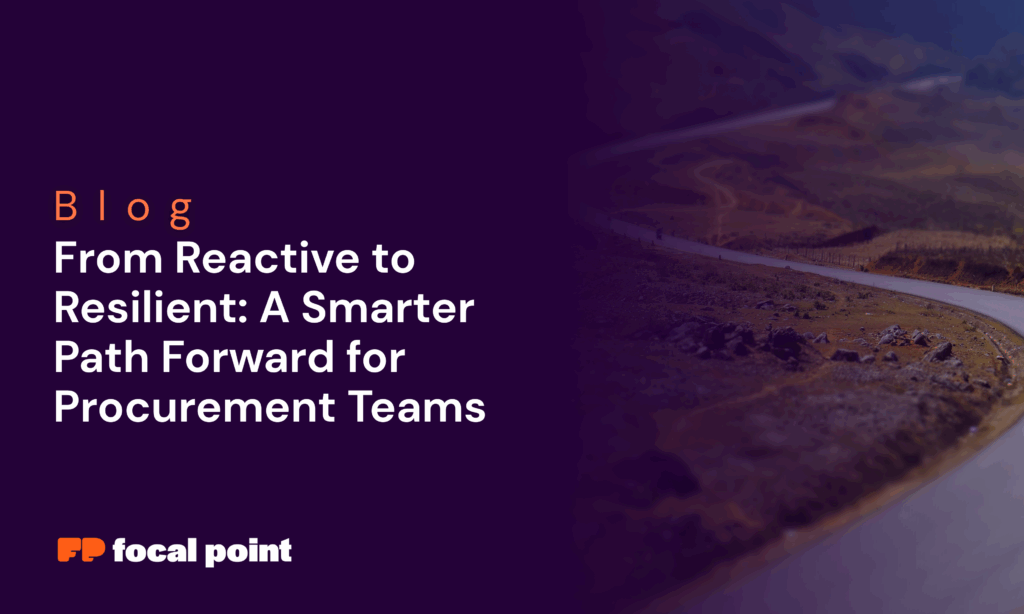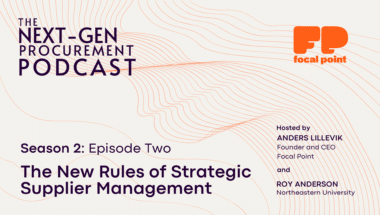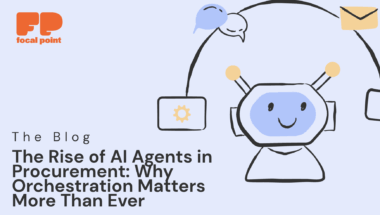In today’s volatile global environment, procurement has become more than a cost center. It is a strategic engine that can either shield a company from risk or leave it dangerously exposed.
Between geopolitical instability, regulatory complexity, supply shortages, and economic headwinds, the pressure is on procurement teams to become not just efficient but elastic, resilient, and future-ready.
Here’s how modern procurement leaders are stepping up.
Clean, Centralized Data: The First Pillar of Resilience
Procurement loves data, but access is still a major challenge. Most organizations have the data they need somewhere, but it’s often trapped in fragmented systems, outdated ERPs, or disconnected spreadsheets. Worse, inconsistent supplier naming conventions and siloed categories can make analysis unreliable and slow.
Centralizing and digitizing the entire procurement process (from intake to payment) is no longer optional. It is the foundation that enables accurate forecasting, risk mitigation, and supplier innovation.
60–70% of next year’s spend mirrors historical patterns. But that remaining 30–40%? That’s where risk (and opportunity) lives.
Procurement Tech Must Be Flexible
The number of procurement tools on the market has exploded. But more tools don’t always equal better outcomes. What truly matters is how well your systems can flex to your business’s evolving needs.
Look for solutions that are:
- Intuitive for internal teams and suppliers to use
- Rapid to implement and scale
- Configurable without custom code
- Open to integrations via API so you’re not stuck in a closed ecosystem
Flexibility means more than feature checklists. It’s about enabling procurement teams to evolve quickly without overhauling everything or spending another million dollars just to make a small change.
Procurement as an Orchestrator, Not a Gatekeeper
The most impactful teams are not reactively processing contracts or placing orders,. They are active proactively: connecting stakeholders, surfacing insights, and guiding the business through complexity.
Whether it’s invoice reconciliation, supplier onboarding, or risk assessments, leading procurement organizations are creating centralized hubs where cross-functional collaboration happens with full auditability and control. The result: fewer silos, smarter decisions, and better alignment with internal and external customers.
Use cases are evolving fast. The most resilient teams are the ones discovering new value across the lifecycle.
What’s Next: Digital Twins, AI Agents, and More
We’ve known that the future of procurement is digital. The tools coming online now are set to totally transform the way work gets done.
Some emerging capabilities to keep on your radar:
- Digital twins of supplier networks to proactively monitor risk across first, second, and even third-tier suppliers
- Blockchain-based transparency to reduce friction across contracting and payment
- Agentic AI that digests complex procurement data and surfaces real-time, actionable insights
- Open ecosystems that make it easy to connect best-of-breed tools across your tech stack
All of these innovations rely on one thing: digitized, structured, and accessible data. That is the foundation of modern procurement, and it is where the future begins.
Final Thought: Procurement’s Moment Is Now
Procurement isn’t just about cost-cutting anymore. It is about creating strategic flexibility, managing enterprise-wide risk, and empowering teams to move faster with confidence.
To meet the demands of tomorrow, procurement must evolve. It is time to move from static gatekeepers to agile orchestrators.
And that journey starts with the systems, data, and mindsets we adopt today.



